How To Grow Lilacs: Fill Your Garden With Romantic Blooms & Sweet Perfume This Spring
A classic garden favorite, the lilac is beloved for its intense fragrance and beautiful blooms. Learn the basics of lilac care for lovely, long-lasting shrubs.
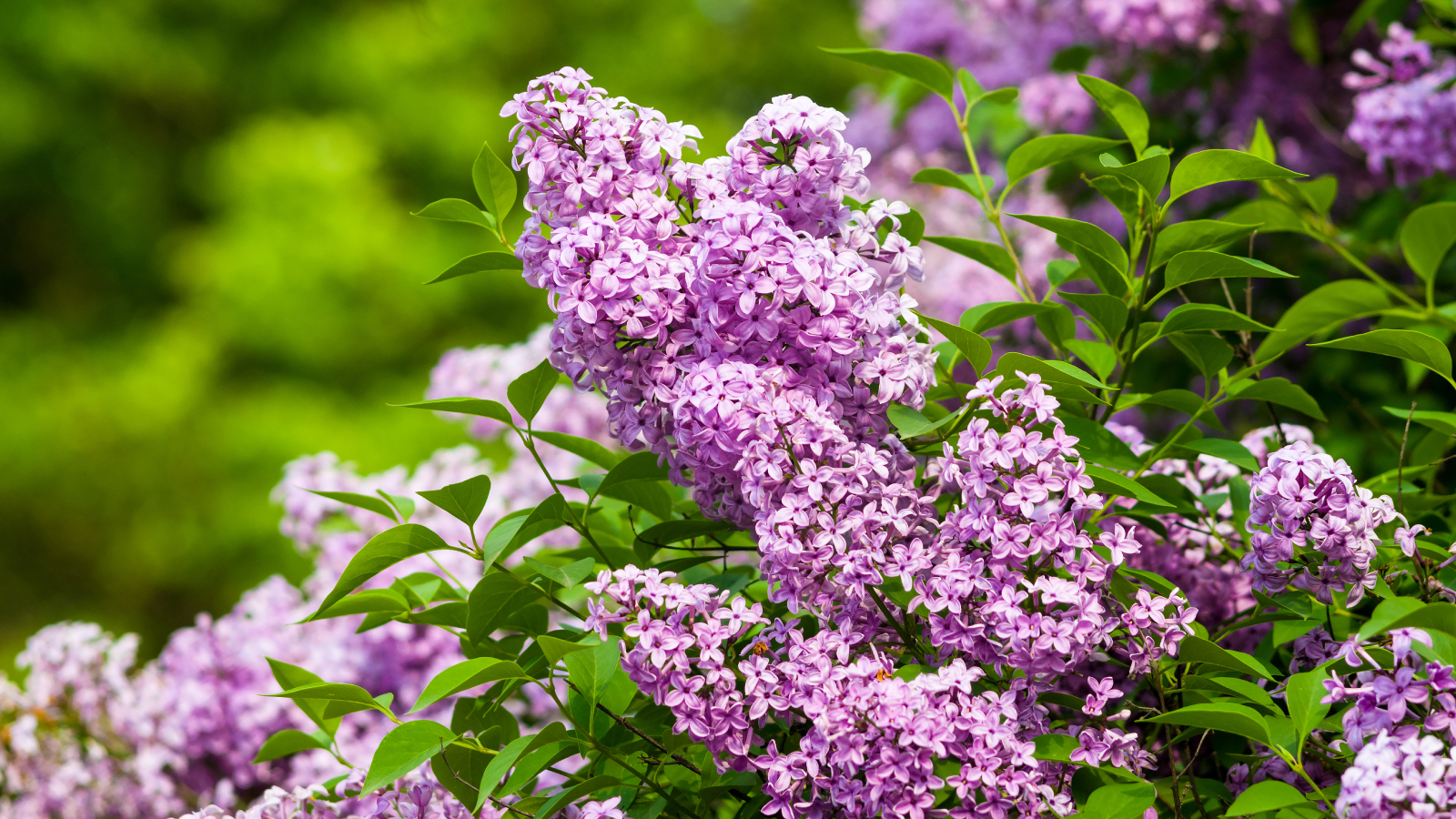

Quick Facts
Botanical name: Syringa spp.
Height: 12-15 feet (3.5-4.5 m)
Spread: 10-12 feet (3-3.5 m)
Sun exposure: full
Soil requirements: Well-draining, loam
Hardiness zones: 3-7
When to plant: Spring, fall
Bloom time: Spring
The common lilac (Syringa vulgaris) is one of the most beloved garden shrubs. Its heady scent fills the air each spring and its glorious flowers in shades of purple, pink, and white delight the eye. These spectacular spring flowering bushes are classics because of their easy-to-grow nature and charming, fragrant blooms.
Although the flowers are stunning in spring, during the rest of the year lilac bushes are generally unremarkable. However, they do make good fillers in the backdrop of the garden. They can create shade around a patio or provide privacy when planted as a hedgerow at the perimeter of your yard.
The key to growing great lilacs that will beautify your landscape for many decades is the proper care. Let’s take a look at how to grow these lovely shrubs in your garden.

Explore more classic garden shrubs like lilacs, hydrangeas, and azaleas in Gardening Know How Shop!
Lilac Varieties
The common lilac (Syringa vulgaris) is the one we see the most often and the one we'll be focusing on below. It is an upright plant that grows quite large, typically around 8 feet (2.5 m) or larger and blooms in spring. However, there are different lilac varieties, which range from dwarf shrubs that are only a few feet tall to trees that can reach heights up to 30 feet (9 m).
For a classic lilac that blooms longer than the old-fashioned varieties, our gardening experts—and butterflies—love the ‘Bloomerang Dark Purple’ lilac now available in the Gardening Know How Shop. Its dramatic violet flowers rebloom for months, rather than weeks like most varieties.
Meyer lilacs (S. meyeri) and Manchurian lilacs, also known as Korean lilacs, (S. pubescens subsp. patula) are two smaller shrub form varieties. ‘Miss Kim’ is the most well-known cultivar of Manchurian lilac. It's a favorite among many gardeners for its compact size and delicate lavender blooms.
There are also tree lilacs, like the Japanese tree lilac (S. reticulata) and Pekin lilac (S. pekinensis) which both have large, creamy white blooms. Within these different varieties there are numerous cultivars, with varying bloom times and flower colors to suit every garden design.
Gardening tips, videos, info and more delivered right to your inbox!
Sign up for the Gardening Know How newsletter today and receive a free copy of our e-book "How to Grow Delicious Tomatoes".
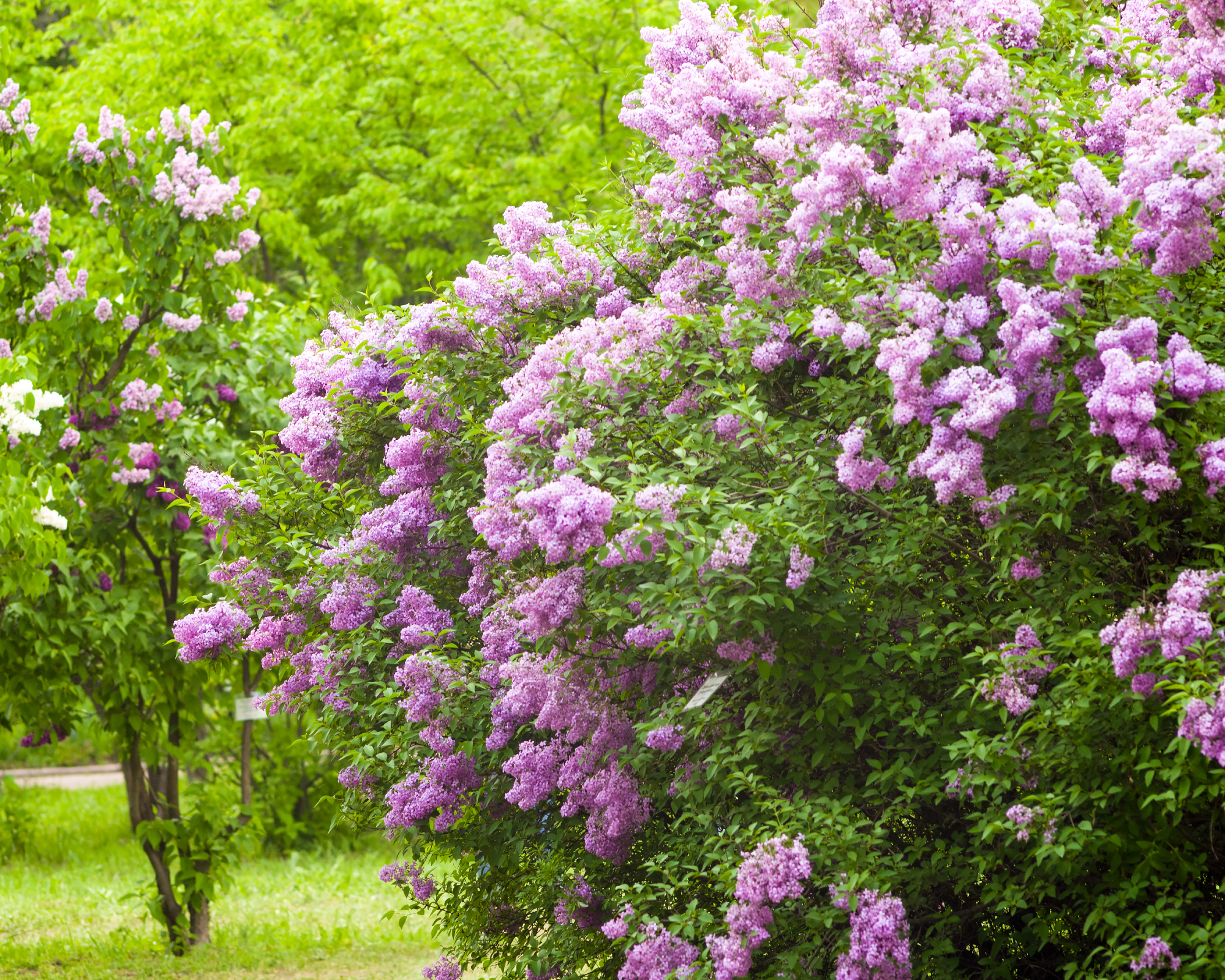
Lilac Care
Lilacs are low-maintenance shrubs. Care for these bushes is generally minimal, other than regular pruning. However, planting lilacs in the right location, watering them properly, and learning how to prevent common pests and diseases are also key. We’ll discuss how to do all this, plus how to propagate lilacs and choose the right variety for your yard.
How & When to Plant Lilac Bushes
Spring or fall is the best time for planting and transplanting lilac bushes. Situate the lilac with its roots spread vertically in the ground and make the hole both deep and wide enough to accommodate them. If planting more than one lilac bush, space them at least 5 feet (1.5 m) apart to prevent overcrowding, even if you plan to use them as hedges for privacy.
Choose an area with plenty of afternoon sun and well-drained soil. Since lilacs prefer good drainage, planting lilac bushes in slightly elevated areas is recommended whenever possible.
Following planting lilac bushes, water them thoroughly and add a layer of loose mulch. Keep the mulch thick enough to keep out weeds and retain some moisture but light enough not to hold too much.
Light
The growing habit of lilacs is rangy and straggly, and it is even more so in low sun conditions. For the best blooms and most robust growth, plant lilacs in full sun or a location with at least six hours of sunlight per day.
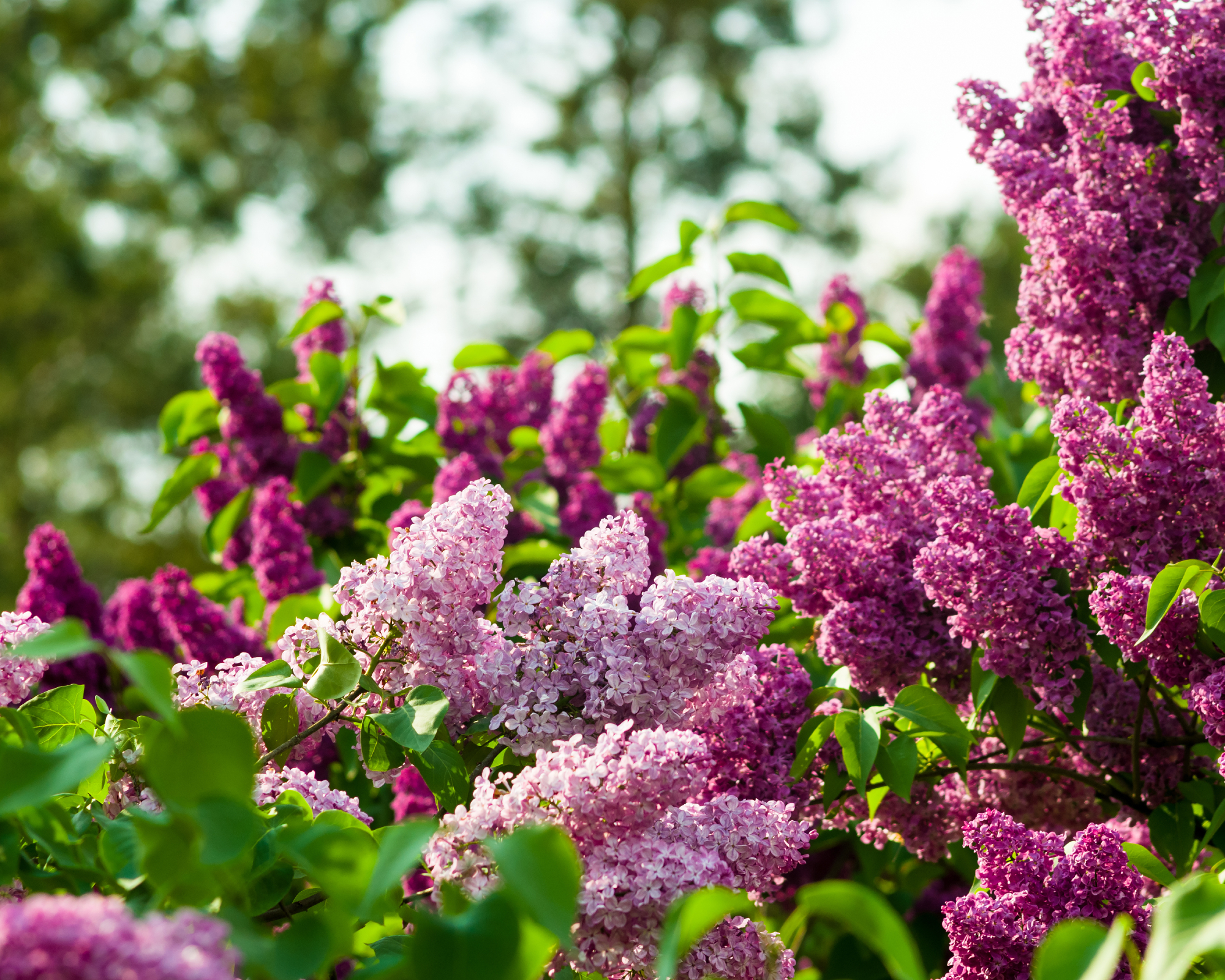
Water
Lilacs have moderate water needs. When you first plant a lilac bush, it is important to keep it moist. For the first year, water when the top inch ( 2.5 cm) of the soil is dry or about one inch (2.5 cm) of water per week. Water deeply but to help establish strong roots.
Older, established plants can withstand brief drought periods, but plants produce the best growth with regular watering. However, they do not like their roots to become saturated.
Temperature & Humidity
Lilacs prefer temperatures of 60-75 degrees Fahrenheit ( 16-24 C) during the growing season. But they need a long period of winter chilling for flower buds to form. This is an important part of winter care for lilacs. There are a few “low chill” lilac cultivars. But for the most part, these bushes do best in northern and temperate climates in USDA zones 3-7.
Lilacs do not like high humidity and fungal diseases can be a concern in humid locations. A relative humidity range under 60 percent is ideal.
Soil
Although lilacs tolerate a range of soil types, they prefer well-drained, humus-rich soil with a neutral to alkaline pH. If your soil is acidic, add lime prior to planting. Work compost into the soil to help create a suitable planting site for lilacs. Take the time to make the soil exactly what the plant needs before planting to give the bush the best start.
Lilacs can take quite some time to establish and don't like competitive plants nearby. Be sure to keep this in mind when choosing companion plants for lilacs.
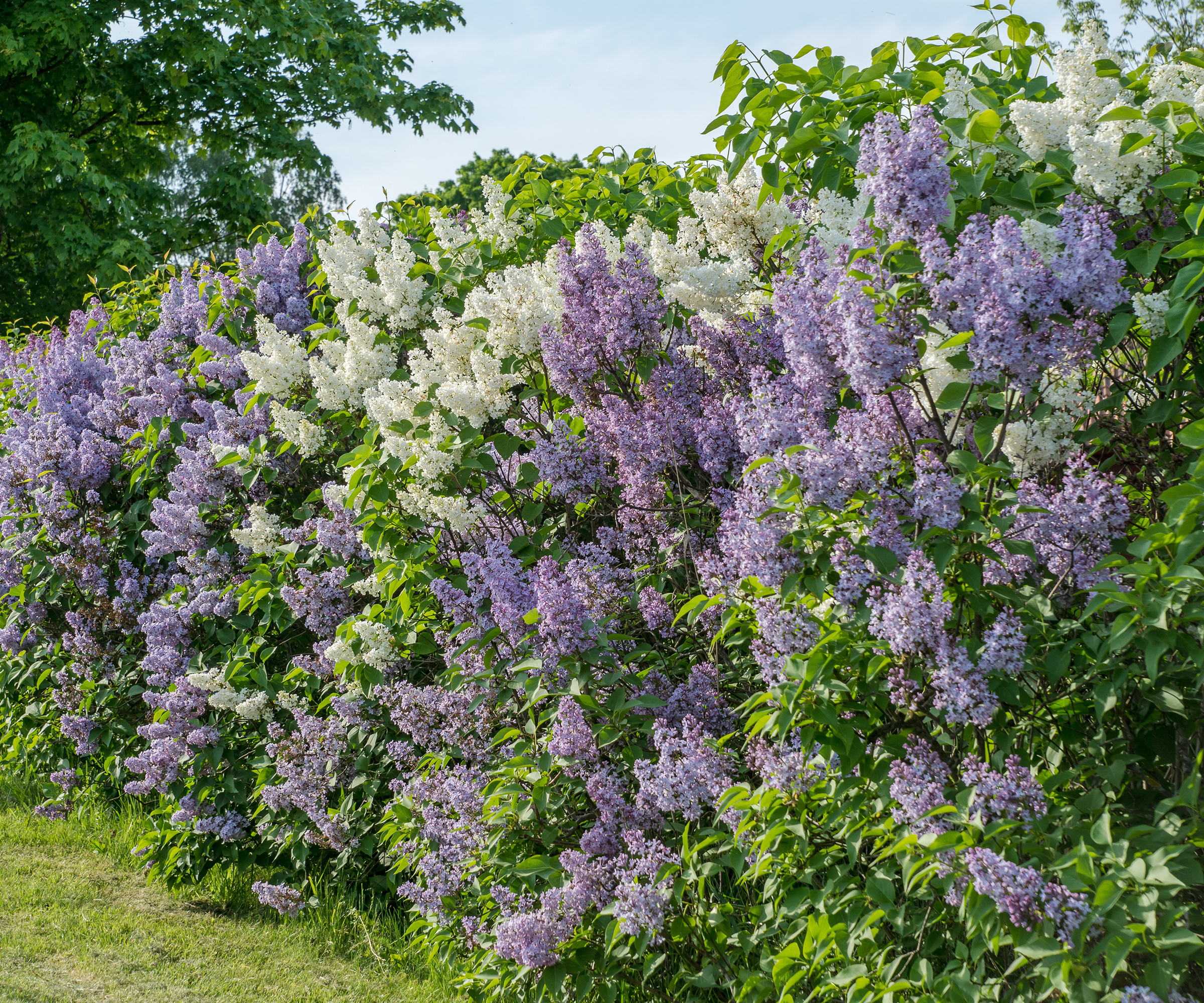
Fertilizer
Frequent use of fertilizers is not typically a necessary part of lilac care. However, fertilizing lilac bushes in early spring may help give blooms a boost. Be sure not to add too much nitrogen, though, or you will get lots of green growth but insufficient flowers.
Use a balanced fertilizer in early spring. Lilacs are not heavy feeders, so use half the recommended amount. Sprinkle around the root zone, taking care to keep the granules off the leaves and stems. Lightly scratch the granules into the soil and water the fertilizer in well.
Problems, Pests & Diseases
There aren’t too many common problems with lilac bushes, but some insect pests, such as borers, do occasionally bother shrubs. Keep an eye out for any signs of pest problems and treat them immediately.
In many cases, spraying with soapy water or a homemade insecticidal soap spray is enough to get rid of pests. However, if heavy infestations occur, you may need to prune the entire plant. Pruning is important for lilac care. Keeping bushes well-pruned will also prevent the chance of disease, such as powdery mildew on lilacs.
Pruning
Pruning lilacs is one of the biggest parts of caring for them. They will get scraggly and rangy without intervention. However, if you prune at the wrong time, you might end up asking, “Why isn’t my lilac blooming?”
Lilacs produce flower buds in midsummer for the next year. If you cut off those buds, you will sacrifice flowers come spring. Prune lilacs immediately after flowering to avoid this issue. You can prune out dead or diseased branches anytime, but leave shaping for just after flowering.
Don’t shear lilac bushes when pruning. If you want to control the size of your shrub, it’s best to cut the oldest branches all the way back to the ground every 3 to 5 years. Cut back about a third of the shrub each year for three years to fully rejuvenate your lilac.
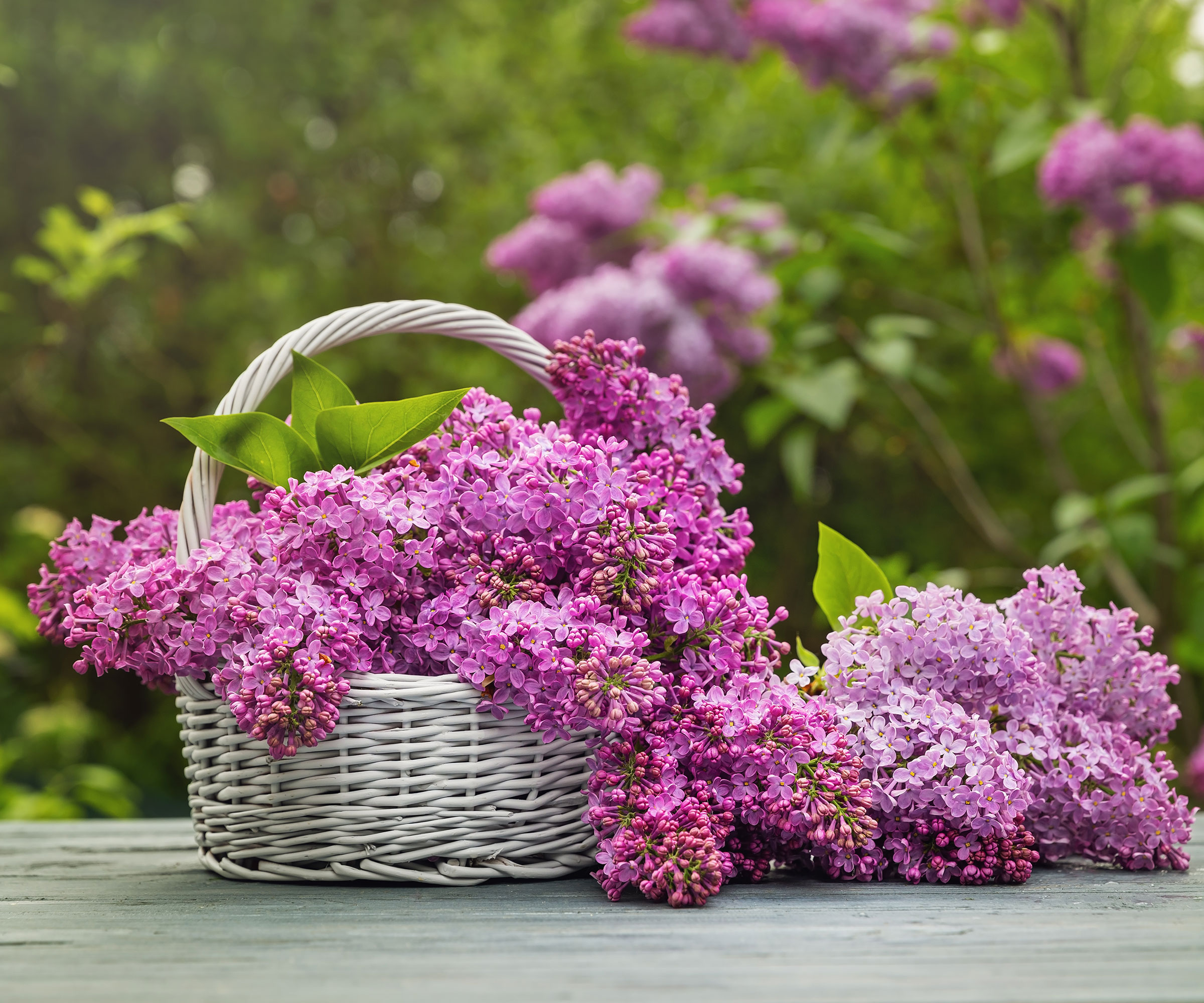
Propagation
The easiest method of propagating lilacs is via softwood cuttings. Take your cutting in the morning sometime between late May and early July. Cut off a 6 inch (15 cm) section of this year’s new growth.
Next, remove the bottom leaves and dunk the cut end into rooting hormone. Shake off the excess and plant the cutting in pre-moistened soilless medium. Cover the cutting and container with a clear plastic wrap or lid to hold in the moisture and help your cutting root faster.
Lilacs are typically clump-forming, producing new shoots from the base of the trunk. You can also use these shoots to propagate lilac bushes. Dig down from the main clump, exposing the roots, and cut the shoot away from the mother plant. Make sure you include roots. Then simply plant the shoot in a suitable location, watering regularly like a new transplant until it takes hold.
Repotting
If you have a smaller garden or only a patio, it is possible to grow lilacs in containers and enjoy their fragrant spring blooms. Some of the smaller cultivars of lilac make excellent container plants.
You will need to water and fertilize lilacs in pots more often than plants you grow in the garden. Each spring, give potted lilacs a dose of fertilizer to renew their nutrients. Water plants weekly during the growing season, especially during hot weather.
Repot lilacs every two years. Select a container that is just a bit larger than the previous pot. Fill it a third of the way with good potting soil. Take the lilac out of its old container and inspect the roots.
Prune out any roots that look damaged or moldy, then fan out the roots in the bottom of the new pot. Add more soil as needed so the plant will sit at the same level it was in its old container. Backfill around the roots and water the pot well to settle the soil.
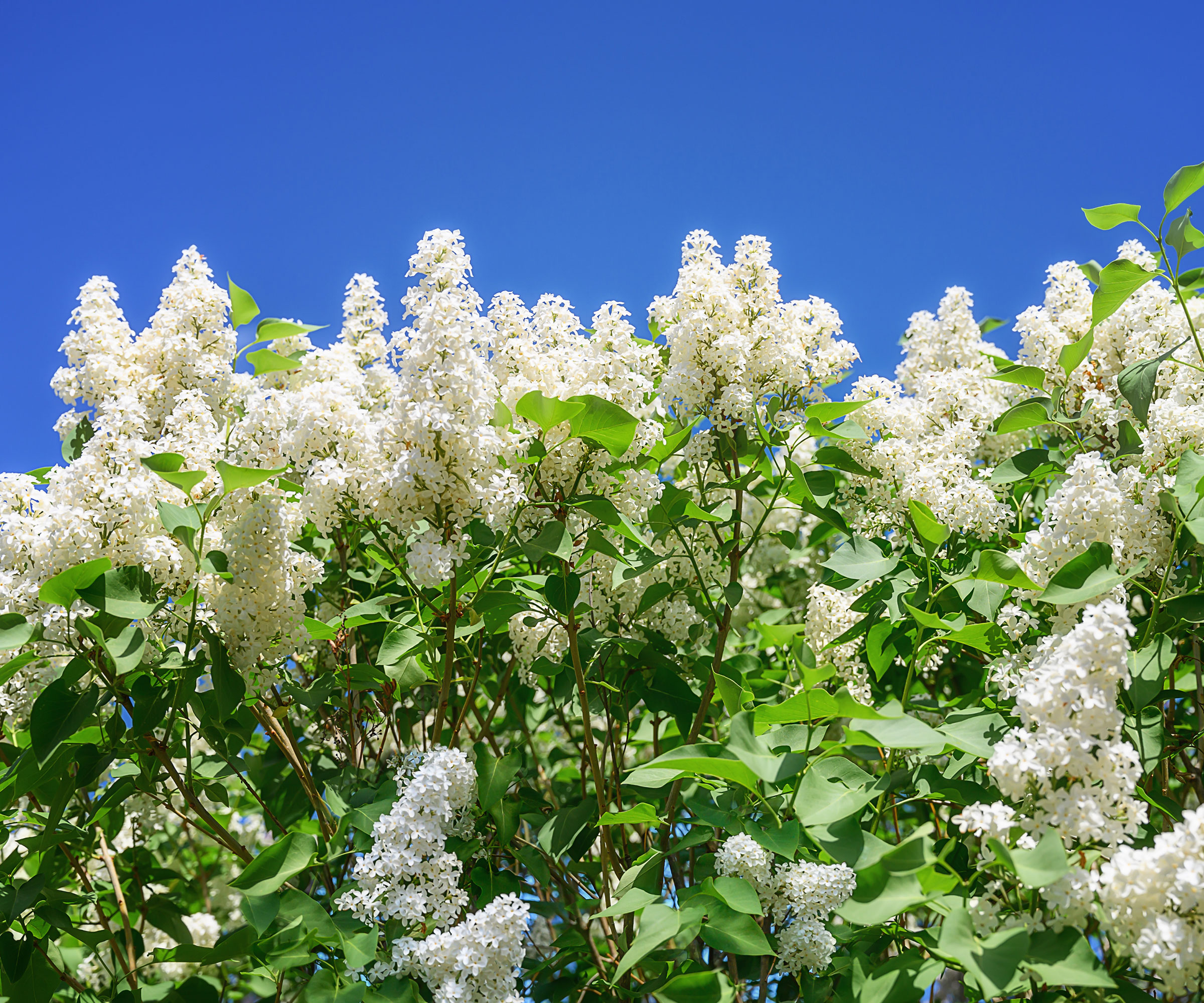
Frequently Asked Questions
How do you keep lilacs blooming?
Fertilizing in spring, watering regularly, and ensuring plenty of sun will keep lilac bushes blooming year after year. For longer blooms each spring, choose a lilac in the Bloomerang series. These shrubs bloom several times per year.
Are lilacs high maintenance?
Lilacs are generally easy to grow plants. Other than occasional pruning to shape shrubs or remove dead branches, lilacs don’t require much maintenance. They can also last for decades, so they are wonderful plants for people looking for low-maintenance front yard landscaping ideas.
Find Your New Favorite Flowering Shrub
- These are the 10 best flowering bushes for big, showy blooms that last from spring through fall. Get inspired to add one to your yard today!
- Instantly improve curb appeal with these stunning shrubs that can actually increase your home's value.
- After your lilac has finished blooming, keep the flowers going all summer long with beautiful hydrangea bushes from the Gardening Know How Shop.
This article features products available from third party vendors on the Gardening Know How Shop. Keep in mind that our plant inventory is limited—so if you’re thinking of purchasing, don’t wait!

Bonnie Grant is a professional landscaper with a Certification in Urban Gardening. She has been gardening and writing for 15 years. A former professional chef, she has a passion for edible landscaping.
- Laura WaltersContent Editor
- Nikki TilleySenior Editor
-
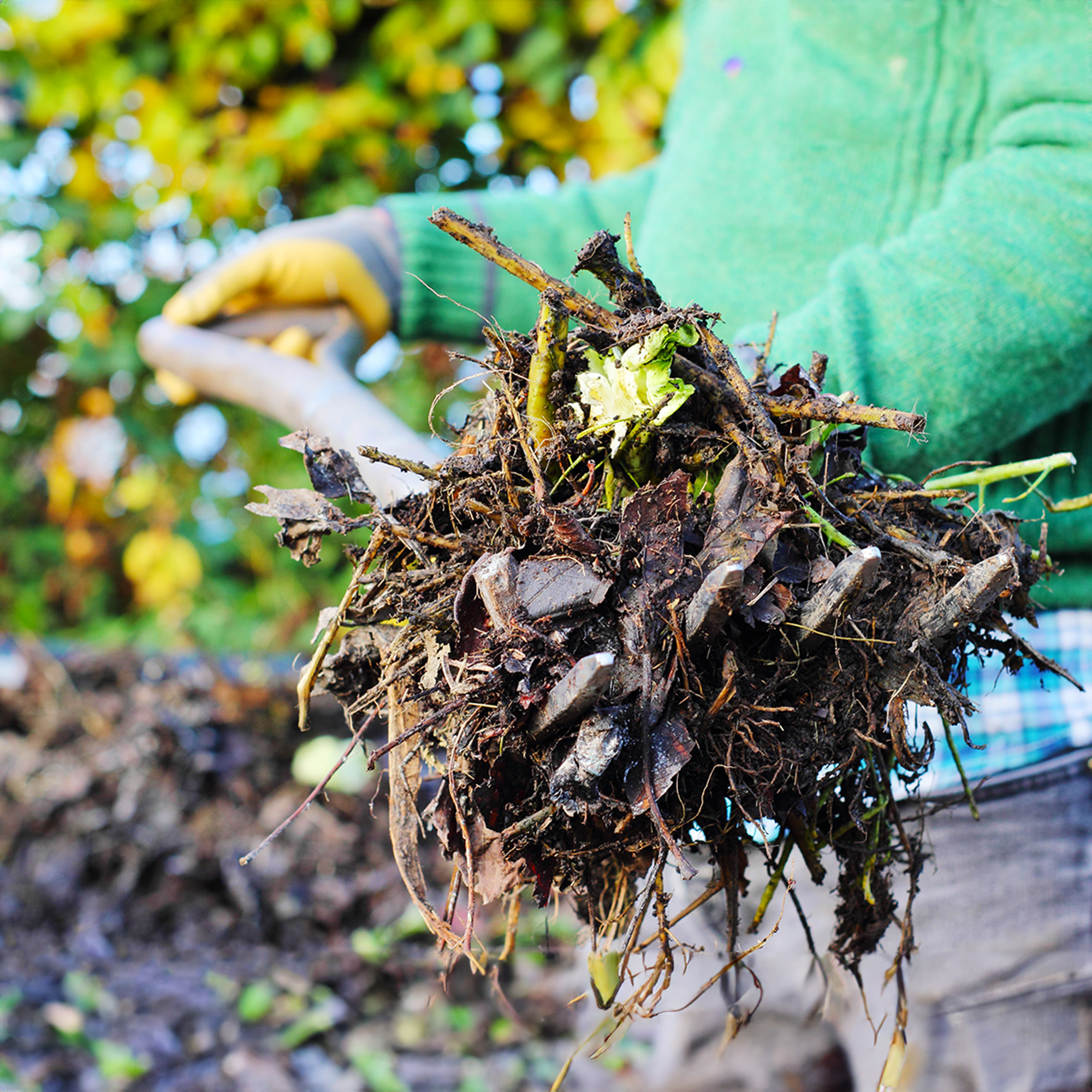 10 Common Composting Problems That Can Spoil Your Garden Gold – Plus Easy Fixes
10 Common Composting Problems That Can Spoil Your Garden Gold – Plus Easy FixesLearn how to troubleshoot common composting issues before they ruin your stash – from bad smells and bugs to materials not breaking down as they should.
By Susan Albert
-
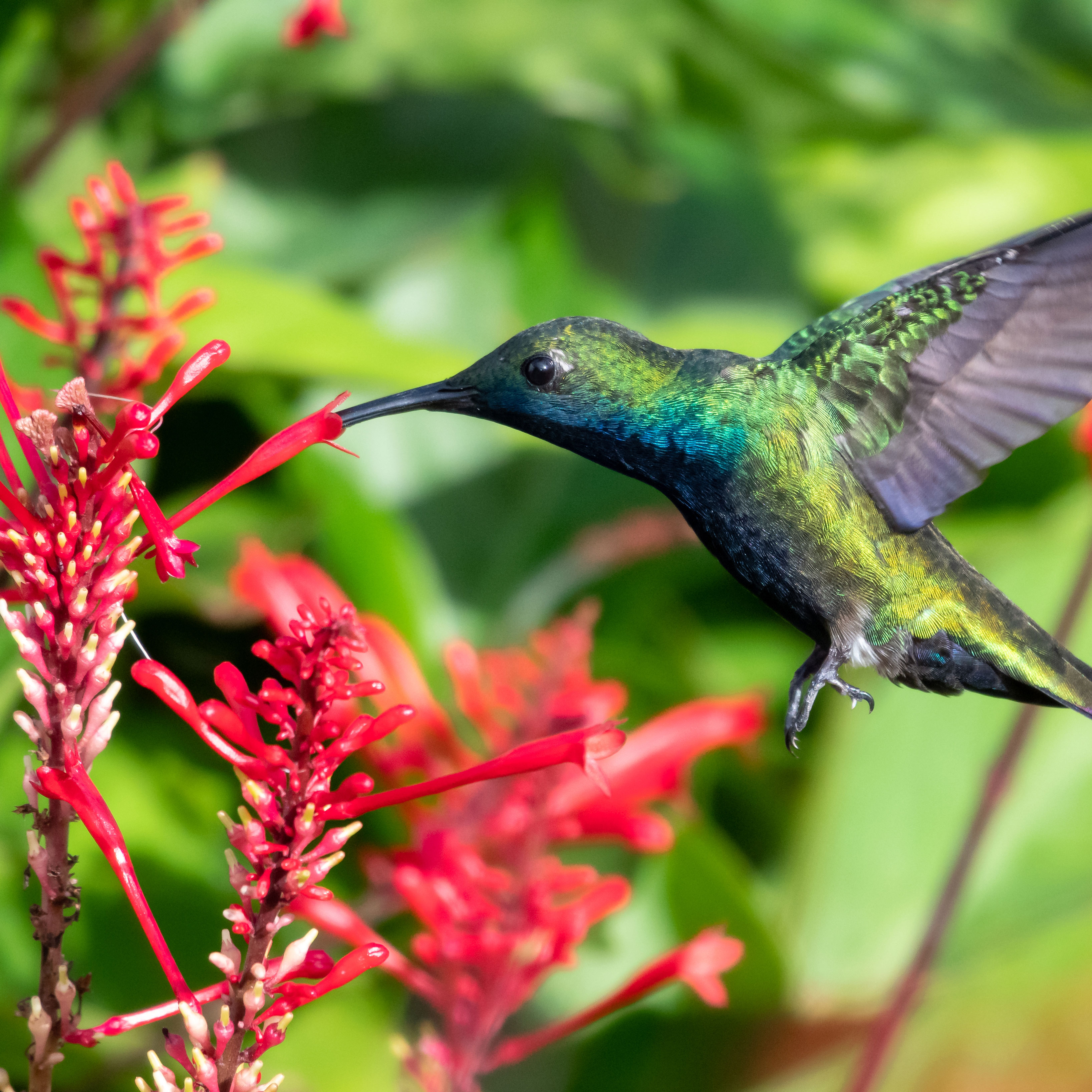 Terrifically Tubular Flowers For Hummingbirds: 9 Tube-Flowered Plants To Attract Hummers
Terrifically Tubular Flowers For Hummingbirds: 9 Tube-Flowered Plants To Attract HummersGrowing tubular flowers for hummingbirds helps you create the optimum feeding conditions for your winged friends. Here are nine tubed delights for hummers
By Tonya Barnett